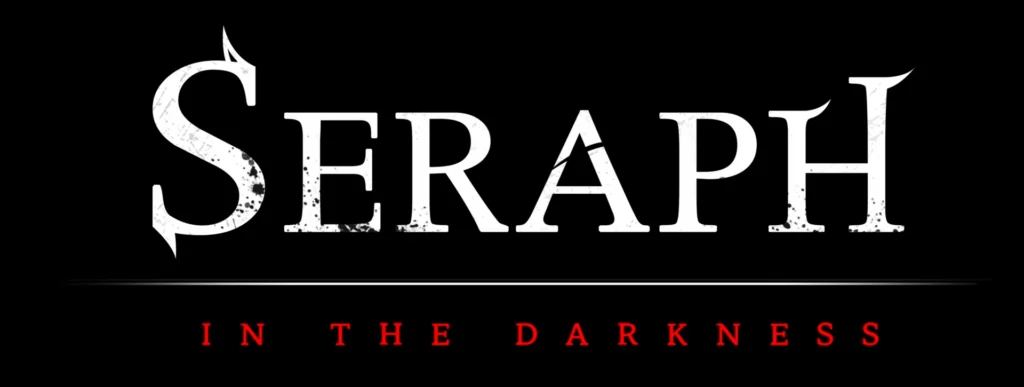Quick Take
- Tobin Kuo, CEO of Seraph, says decentralized worlds are redefining how games are built and monetized.
- Traditional app stores and platforms face pressure as creator royalties and player ownership rise.
- Studios embracing open markets and asset portability will lead the next generation of game economies.
Editor’s Note: This guest opinion was written and provided by Tobin Kuo, Founder and CEO of Seraph, and has been lightly edited for clarity and length.
For too long, the platform model has been writing rules not suited to today’s economic environment. App stores have been taxed for distribution, data has been hoarded, and creator payouts haven’t received the due care and attention they deserve. That arrangement, optimized for just margin and stability, predates what is needed now: property rights and portability.
Decentralized worlds, worlds built with onchain assets, open marketplaces, and portable identities, completely overhaul the narrative seen in traditional studio economics. When ownership becomes tradable and programmable by default, the ability to discover and monetize more without barriers becomes possible.
The signs are already visible, as seen in the global games market shifting to a model that focuses on who can most efficiently marshal creator supply and player liquidity. In 2025, the market is already roughly a $189 billion business, and things are clearly changing for the better. Even Fortnite will let island developers sell items directly, with usually creator-friendly revenue splits.

This is how decentralized worlds are challenging the traditionalist view of studio economics. It’s precisely why admission to such a future economy will be open and composable; one where creators will capture more of the value they generate.
Rents Erode, But Coordination Costs Rise
Open assets shrink the pricing power of closed storefronts, but when skins or items become standard tokens, players can trade without ever requiring permission from a single marketplace. Creators, too, can capture revenue beyond one publisher’s discretion, and that pressure pushes take-rates down as creator shares go up.
Despite the positive outlook, the overlooked fact is that the fee that vanishes at the storefront often reappears as a coordination cost. This involves liquidity management, custody and settlement risk, fraud detection tools, and cross-title compatibility work that someone must finance to keep the gears turning.
Studios face a dilemma: craft a closed system where economics are concentrated and rent pays for content, customer support, and moderation, or opt for a decentralized system. Decentralized systems help spread that once concentrated value across multiple mediums, such as wallets, custodians, and exchanges. This results in healthier price discovery and creator upsides, but demands product discipline.
In a decentralized system, the standards are significantly higher; otherwise, everything crumbles down. Token standards must be clear, royalties must survive secondary markets, and dispute processes can’t rely on platform operator benevolence. While the rents might fade, the operations become more difficult to manage.
Good design documents the mapping scope, while bad design handwaves it and ends up leaving players feeling frustrated when the touted portability proves more limited than expected. Those who succeed in this will publish schemas that stand up beyond mere slogans and marketing.
From Acquisition To Asset Velocity
When considering traditional legacy funnel routes, studios end up spending to reacquire the same player for every new title. However, in a portable, decentralized world, that growth loop changes form. When value accrues in items, identities, and social graphs that keep working across experiences in parallel, the old ways fall short.
The core metric here becomes asset velocity, which measures how often an owned thing is used, remixed, traded, or rented, rather than focusing solely on pure monthly active users (MAUs). The change in perspective turns day-30 retention reviews from ‘did they log in successively?’ to ‘did their inventory grant them utility somewhere else?’
Rewards should be biased toward use rather than hoarding. Crafting should encourage specialization and interdependence, and secondary markets should surface real utility over speculation. This is the real framework that decentralized worlds offer over traditional studio economics, and why they sustain themselves in the long term by putting users and creators first.
Studios that treat assets as property, create open markets, and make identity portable will deliver value across titles. Those who cling to gated entries and traditional economics will buy attention but lose loyalty.
Those set to succeed in this field will be the ones who reward clear royalties, establish better standards, and prioritize custody and ownership, where players get to keep what they earn and creators share in the rewards. The choice is clear.








Tobin Kuo is absolutely right! Imagine buying a cool skin in Fortnite and then realizing its actually your property, not just Epics rental.